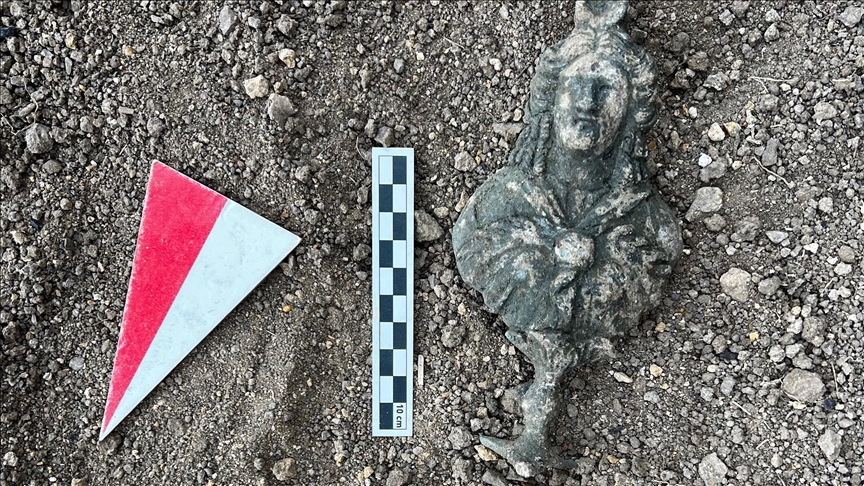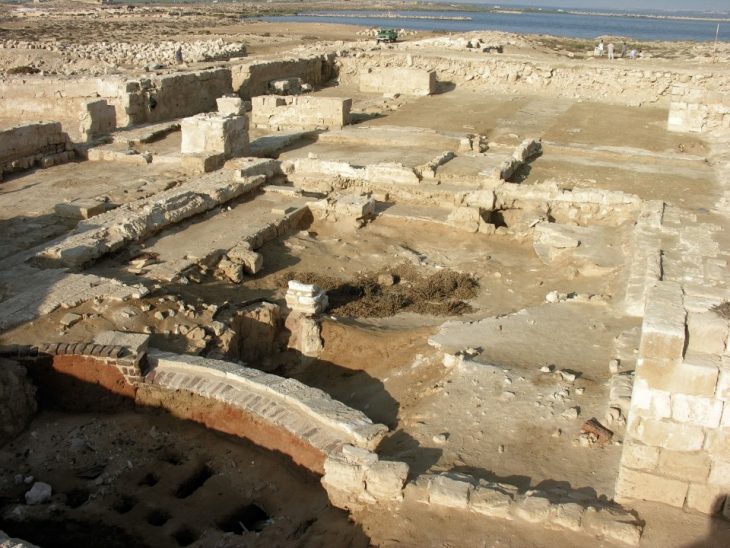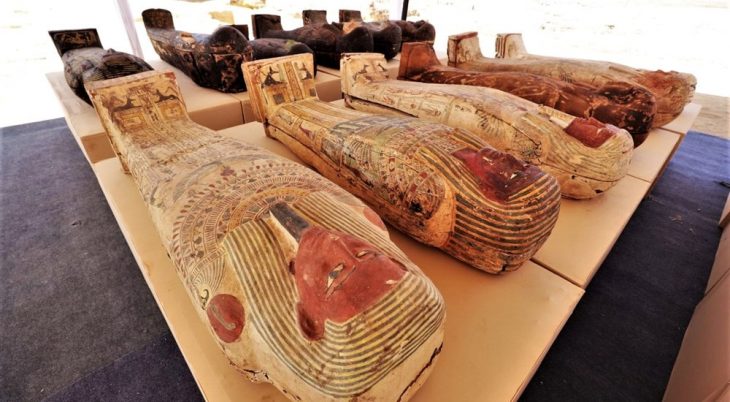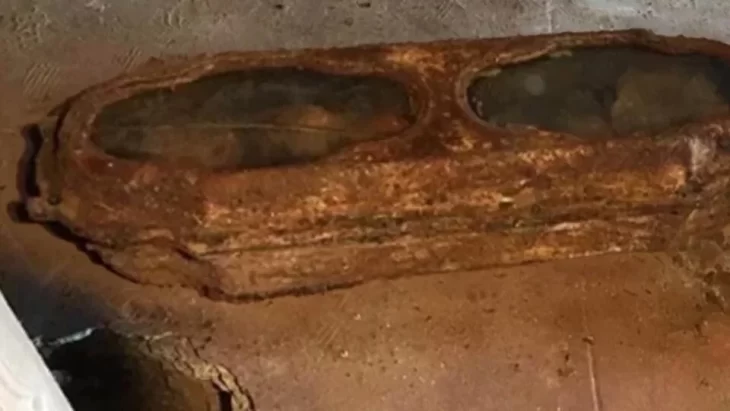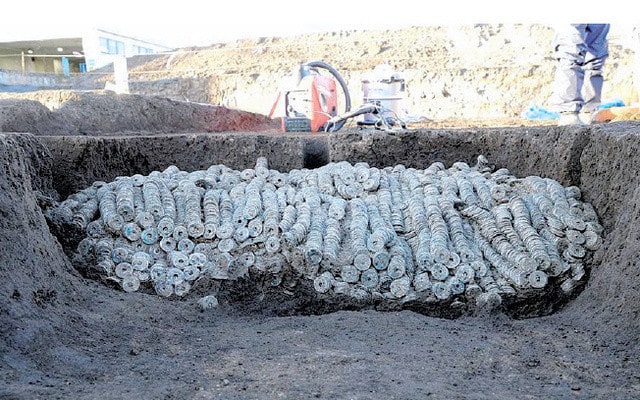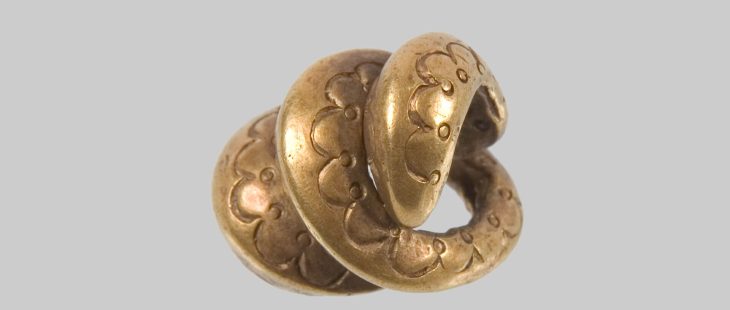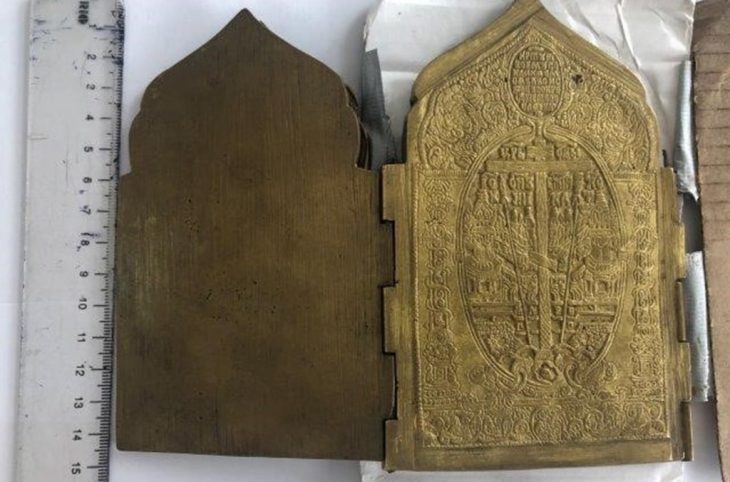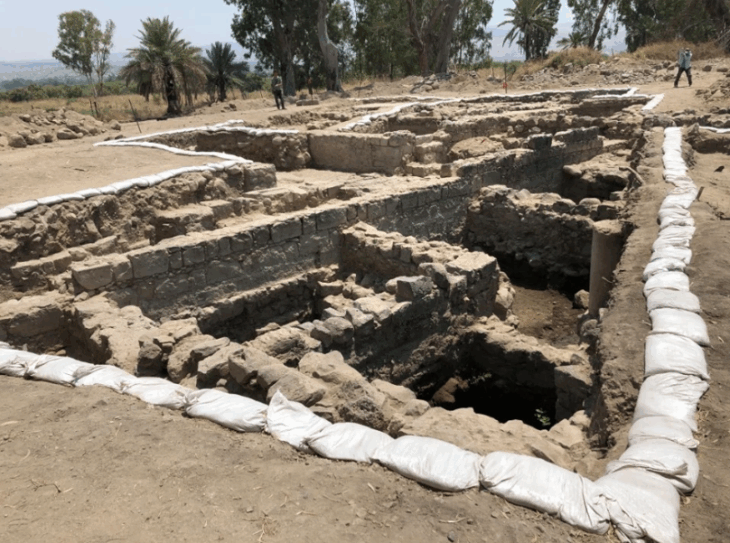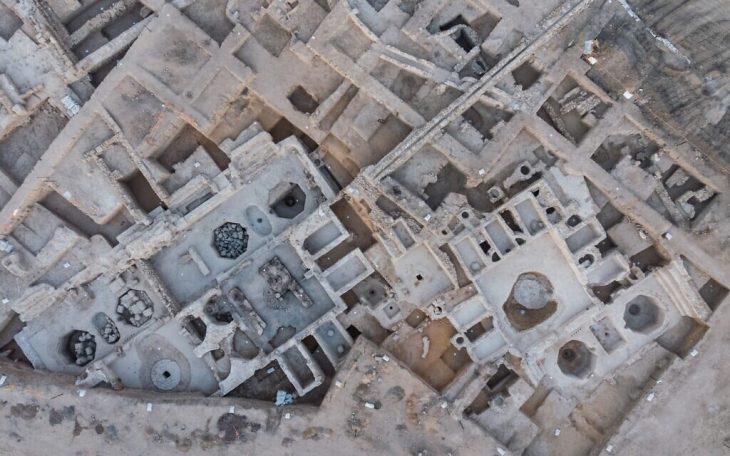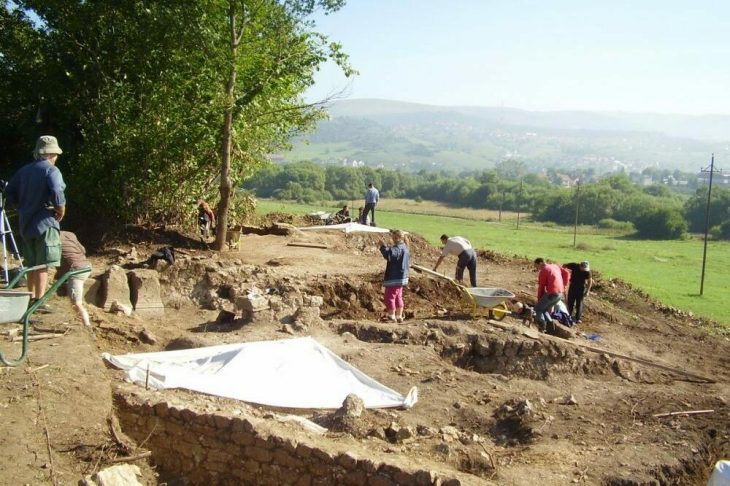Archaeologists excavating the ancient city of Satala in northeastern Turkey have uncovered a rare 20-centimeter bronze bust of the Egyptian goddess Isis. The discovery offers new insights into the cultural and religious landscape of the Roman Empire’s eastern frontier.
Discovery in the Necropolis of Satala
The find was made during ongoing excavations in the necropolis area of Satala Ancient City, located in the Kelkit district of Gümüşhane province. Excavation director Dr. Elif Yavuz Çakmur, from Karadeniz Technical University’s Department of Archaeology, confirmed that the bust was discovered separated from its base but remarkably well preserved.
“This is a surprising and very important discovery,” said Dr. Çakmur. “We know the legions here followed the cults of Mithra and the Twelve Gods. The presence of Isis, however, reveals the extent of religious diversity within the Roman army and shows how Eastern deities were embraced across the empire.”
Details of the Bronze Bust
The artifact depicts the goddess Isis standing on a three-legged base that emerges from a three-leaf calyx design — a typical motif symbolizing life and rebirth. On her head are two ears of corn, representing fertility and abundance, while a tasseled shawl tied at the front covers her shoulders, reflecting the style seen in Greco-Roman depictions of the goddess.
Restoration work on the bust is currently underway. Once the process is complete, the artifact will be displayed at the Gümüşhane City Museum. Further metallurgical and stylistic analysis will help archaeologists determine its precise age and workshop origin.
📣 Our WhatsApp channel is now LIVE! Stay up-to-date with the latest news and updates, just click here to follow us on WhatsApp and never miss a thing!!

A Major Archaeological Find for Anatolia
This discovery marks the first bust found in Satala since the 1870s, when a statue of Aphrodite was unearthed. Experts describe it as a rare and meaningful addition to the understanding of religious diversity within Roman legions.
Satala, located near Sadak Village, served as the headquarters of Legio XV Apollinaris, one of the main Roman legions stationed in Anatolia. Founded in the 1st century CE, Satala functioned as both a military base and administrative hub connecting Cappadocia, Anatolia, and the Black Sea. The site remained active until the Byzantine period, when it faced incursions from the Sassanid Empire in the 7th century.
Recent excavations at Satala have revealed significant remains, including a legionary cemetery carved into bedrock and several Roman military artifacts, confirming the site’s importance as one of the most intact legionary bases in the Roman East.
Egyptian Influence in the Roman World
The discovery of an Egyptian goddess in a Roman garrison highlights the deep cultural interconnections across the Roman Empire. The worship of Isis, originally an Egyptian deity symbolizing motherhood and magic, spread widely throughout the Mediterranean following Egypt’s integration into the Roman Empire in 30 BCE.
Her cult became particularly popular among Roman soldiers and merchants, who often adopted foreign gods encountered during their service. The bust found in Satala may have belonged to a soldier or officer who personally worshipped Isis, reflecting the fusion of Egyptian, Anatolian, and Roman religious traditions.
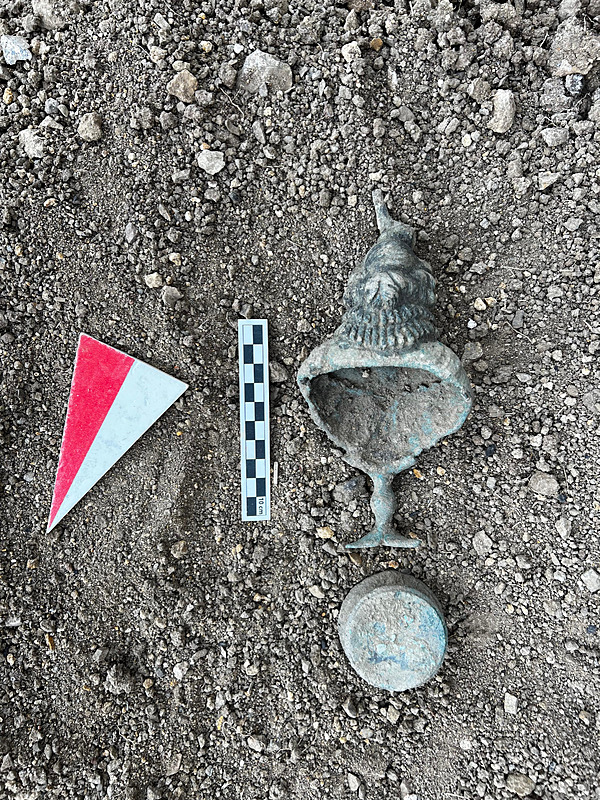
Symbol of Cultural Exchange Across Empires
The Satala Isis bust not only enriches our understanding of Roman frontier life but also provides tangible evidence of the religious and cultural exchange between Egypt and Anatolia. As Dr. Çakmur’s team continues restoration and analysis, the artifact is expected to become a highlight of the Gümüşhane City Museum’s collection, drawing attention from both scholars and visitors.
This remarkable discovery once again confirms Satala’s status as one of Anatolia’s most important archaeological sites, offering a window into the complex web of faiths, symbols, and identities that defined the ancient world.
Cover Image Credit: AA

